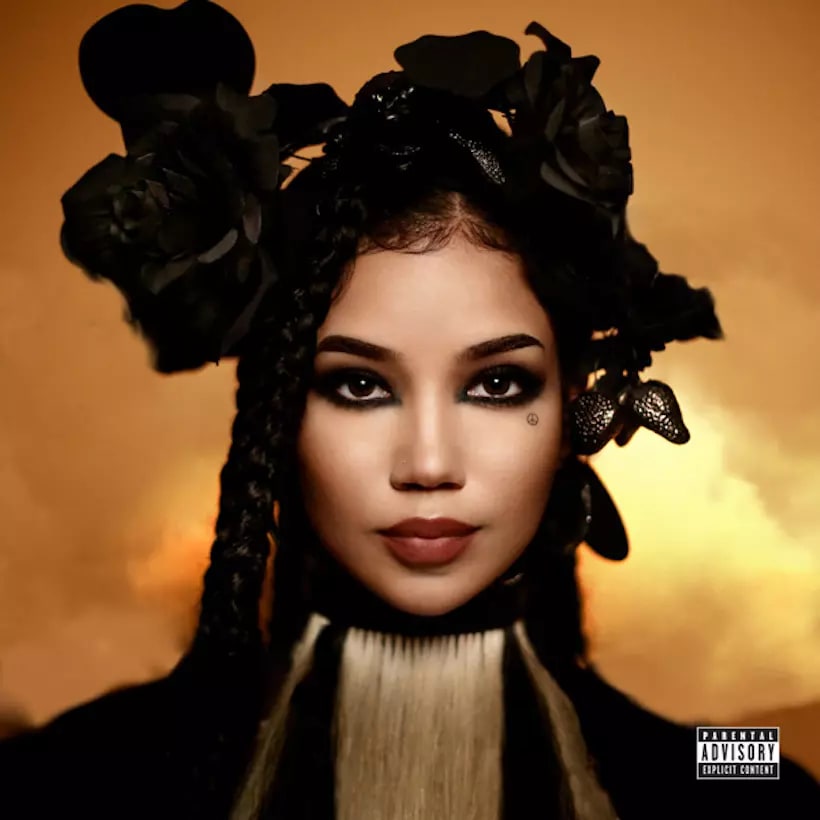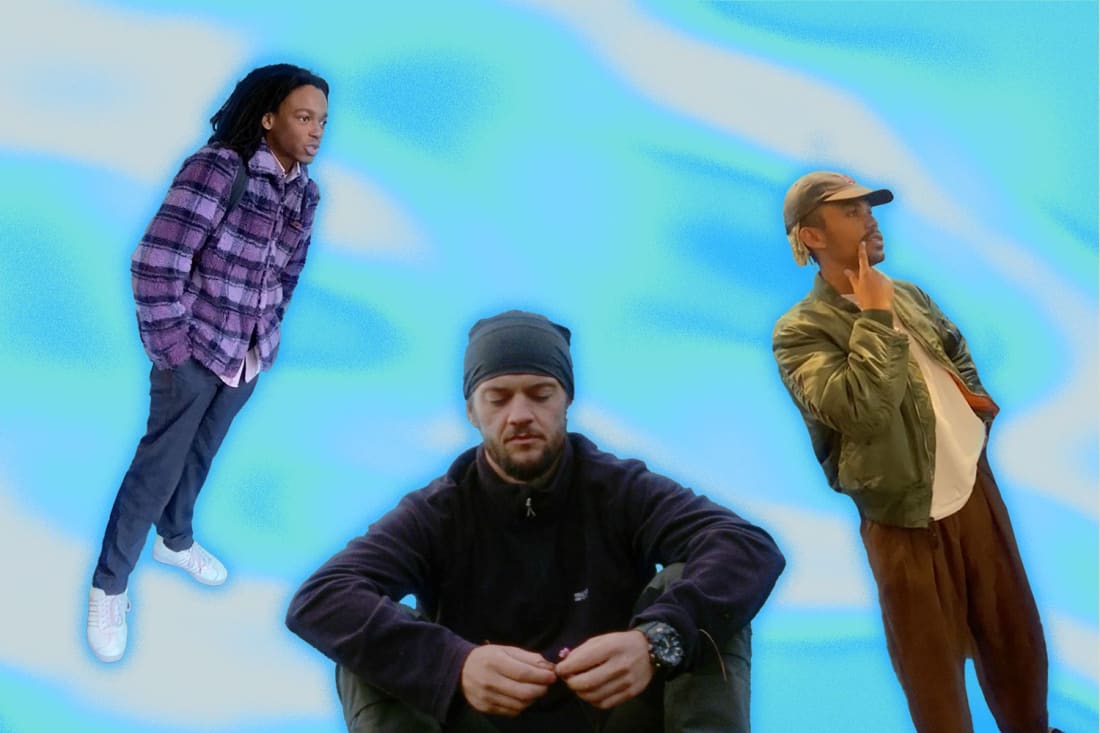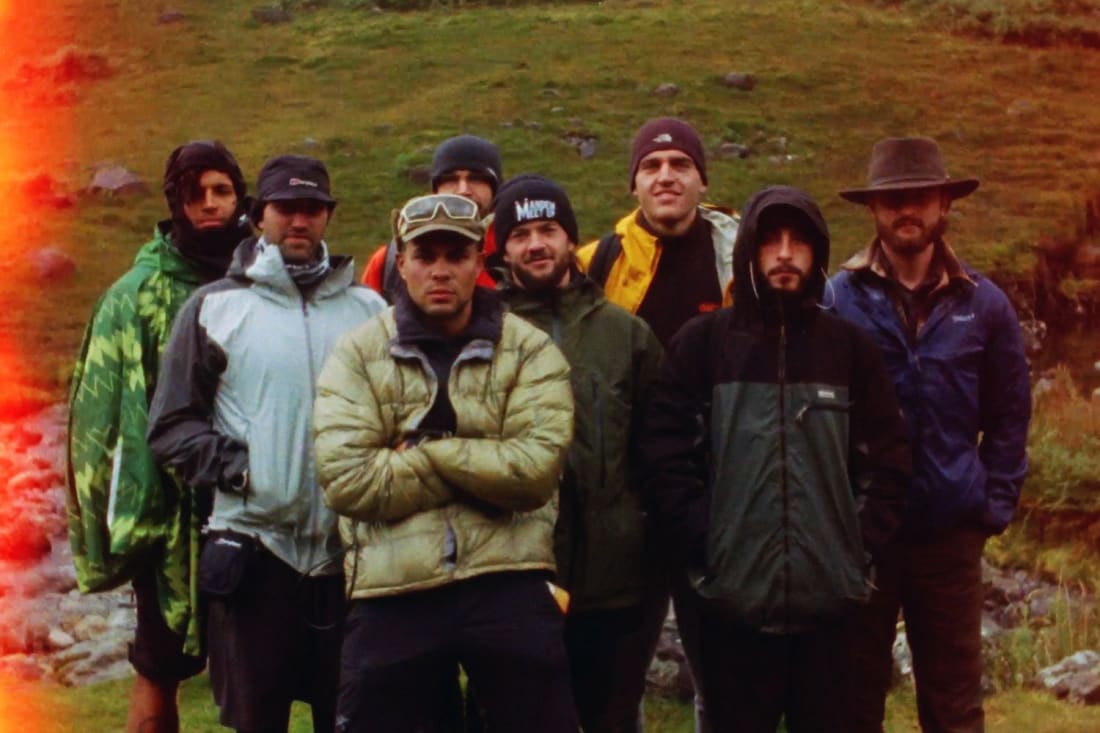Music makes us feel good, but can it actually heal us?
From Grimes to Alicia Keys, artists are exploring the positivities in the science of sound
From Grimes to Alicia Keys, artists are exploring the positivities in the science of sound
11 minutes into Headspace’s Rainday Antiques Sleepcast, the narrator begins describing a leather hippo. The hippo sits in the corner of the shop, stitched from worn leather, with stuffing that has begun to bulge around the belly. “As if,” the narrator says, against the backdrop of gently falling rain, “he’s had one too many good meals.” Despite listening to Rainday Antiques every night for more than a year, I can tell you that in the shop there is a fat and friendly hippo – and little else. Almost without fail I make it as far as the hippo, and then, I’m asleep.
The formula is simple. Rainday Antiques begins with a short meditation to slow the breath and lower the heart-rate. The narrator, in a low and soothing tone, tells a story that doesn’t have a beginning, middle, or end. I’m absorbed, but I’m not gripped. I don’t need to stay awake to find out what happens to the hippo but nor is my mind wandering. Crucially, there’s also the sound of rain – pink noise, resonating at frequencies that cultivate alpha-waves in the brain, those that bring about a state of deep rest and relaxation.
Headspace, with 30 million users across 190 countries, is one of many tech companies using the science of sound to impact the mental wellbeing of its users. In 2020, the artist Grimes launched her collaboration with Endel, an app that uses AI to generate constantly evolving soundscapes optimising either focus, sleep, relaxation or activity. Endel collects data about how the user is responding to the sounds, then feeds this data back into an algorithm to alter the soundscape in real-time. Whereas most other playlists and soundscapes have a beginning, middle and end, Grimes’ AI Lullaby continuously evolves in response to the user’s physiological responses.

Undeniably, there is something a little dystopian about the Endel x Grimes collaboration. As the lullaby plays, a constellation of white lights moves across a black screen, the outline of a slowly-nodding head, eyelids drooping, moving in rhythm to the soundscape (ambient noise, the sound of a baby’s laughter, and Grimes’ voice). Endel, in white gothic font, quotes Grimes’ succinct product description – “basically live remixing of ambient sounds by robots for babies, haha.”.
I’d say it’s wise to treat with suspicion any app that collects real-time physiological data that then modulates your emotional wellbeing. But this is the fascinating thing about the collision between high technology and wellness we’re currently experiencing – our main point of access to the tools that promote physical and mental wellbeing is via apps and devices that are designed to dismantle our ability to sustain focus, attention and, arguably, robust mental health.
Certainly, this collision has been accelerated by the pandemic. Two months after launching the Endel collaboration, Grimes posted that her top track of 2020 was Lluvia PQ’s ‘Rain All Night’, three minutes twenty-seven seconds of rainfall: this same track now has over 28 million listens. For me, every time I open my Spotify there are reels of suggested ‘deep focus’ playlists, hours of rainfall, half-hour Yoga Nidras. Collectively, we’re craving the emotional and nervous regulation that such tracks facilitate; and the music industry is responding. Last year, Alicia Keys produced a 21-day meditation on the Divine Feminine with Deepak Chopra; St. Vincent, Erykah Badu and John Legend have each collaborated with Headspace to produce their own meditations.
What we’re witnessing is a blurring of the boundary between what we think of as art and what we think of as wellness. Jhené Aiko’s 2020 album Chilombo uses singing bowls, each of which resonates at a frequency connected to one of the seven chakras. Aiko is better known for making R&B and collaborating with Drake. A step into sound healing is maybe not the career move you’d expect from a Billboard Hot 100 artist, but last year, Aiko appeared on stage at her NPR Tiny Desk (Home) Concert to perform (Grammy-nominated) Chilombo tracks with a citrine crystal singing bowl and a white suede mallet. In an interview with Variety, she explains that she researched the chakras to ensure they aligned with each of the album’s 20 tracks – “Pray for You” is in the key of F Sharp, the frequency of the Heart Chakra, while “Pu$$y Fairy (OTW)” sustains the D note to activate the Root Chakra, which, in the yoga tradition, is associated with our needs and desires.
We’re navigating something huge, here: a democratisation of wellness, and the possibility of mass access to ancient, global healing practices that are coming into conversation with fast-advancing neuroscientific research. This is a dramatic move away from those images that have been associated with wellness practices in the last half century: a luxury spa, maybe, soft lighting and robes; or a thin, white woman surrounded by an expanse of green landscape. More broadly, this is a move away from an understanding of wellness as either esoteric: annexed from the mainstream, or elite: accessible to only those with time to spare or money to burn.
Certainly, it’s right to be cautious about what we might be handing over when we submit to certain levels of data collection. But given that tech is here to stay, it makes sense to me that we make use of this democratising potential not only to change our definition of wellness, but also the fundamentals of how we interact with technology. In short: how can we use tech to make ourselves feel better, rather than worse?

With precisely this aim in mind, Woo and Kinda Studios, a creative science studio using neuroscience to prove the power of art on human connection and wellbeing, have collaborated with contemporary artists – Beabadoobee, Vegyn, Ashnikko – animators, and sound healers to create a four-part audio-visual series, each episode of which is designed to elicit about a particular state of being. As Landau explains to me, brainwaves resonate at five different frequencies, each of which correlates to varying physiological and emotional states.
The design of each episode functions with equal precision on a visual level – Embodied mixes a track by Vegyn, one of the producers behind Frank Ocean’s Blonde, with chimes, gongs and flutes, over a Binaural Beat of 8HZ and the visual of a glassy figure, skating across a shimmering lake whose colour and surface reverberate and pulsate in time to the track. Landau explains the significance of this figure to me. ‘Because we’re witnessing the movements of a human form, we’re activating the mirror neurons, which means that even though we’re not actually moving, the mind responds as if the body is recreating those same moments.’ For Embodied, the sound healer worked with heartbeats, pulses, in order to encourage interoception – or an awareness of the body’s interior – and to elicit a state of embodiment.
In each of these episodes, the fluidity of movement and its continuity is particularly striking when you consider the visual structure of the majority of platforms we engage with: constructed of short, discrete squares of disconnected images and ideas, persistently interrupted by advertised or ‘suggested’ content. The consistency of these interruptions keeps the nervous system wired, on high alert. Watching Embodied, I find the opposite beginning to happen: the space behind my eyes beginning to soften, my jaw beginning to relax – my awareness crystallising.
It feels good. It’s a marvellous kind of simplicity, given the sophistication of the science. Maybe this is nothing new. Humans have always turned to sound and to music in times of difficulty. From sound healing in ancient ritual to power ballads for heartache, to the transcendent potential of dance music; it’s perhaps a natural progression that we’re now seeing artists and tech channel the healing power of sound.
The simplicity of it gives me hope: a possibility of harnessing technology to carve out moments of peace, pause. This, in the midst of an attention economy, is a powerful form of resistance. Striking, too, is the fact that there are no words – maybe it’s because I’m a writer, but for me the stripping away of conventional narrative structure has a particular kind of quiet power. In a world where we are constantly telling stories: about ourselves, about others, about our relation to the world and our place in it, there is a kind of freedom in allowing those stories and structures to fall away, and instead to be receptive simply to sound, vibration, frequency.



